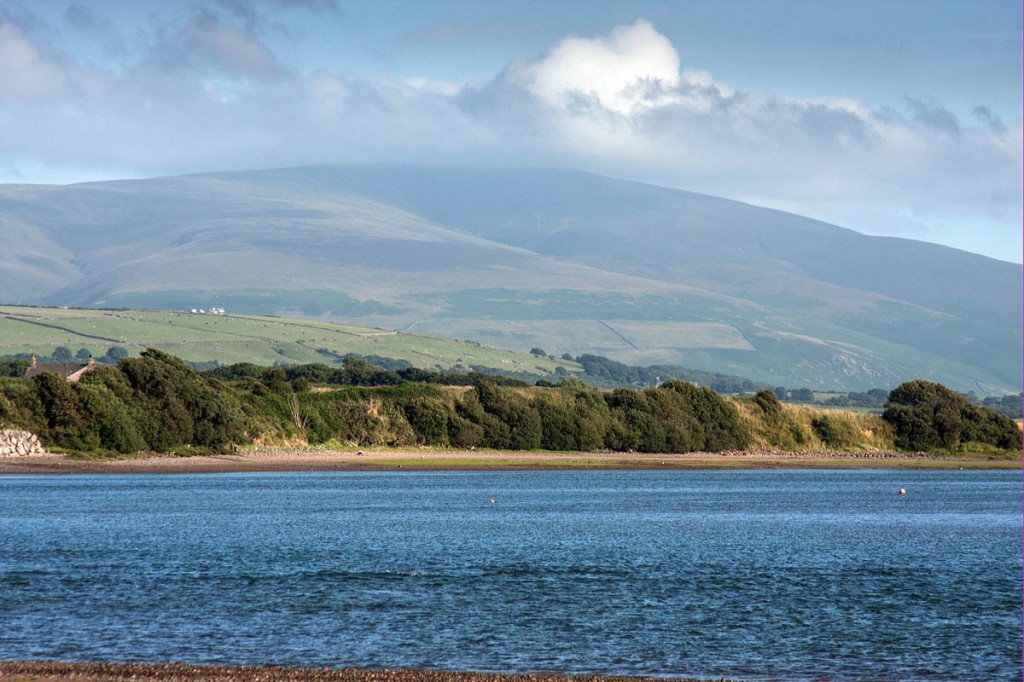Campaigners have welcomed an announcement that planned power lines through the Lake District will be buried underground.
The Friends of the Lake District mounted a campaign against National Grid’s proposals for a network of 50m-high pylons across the West of the national park.
The charity said the cables for the north-west coast connections project will now go underground. It said National Grid has confirmed it plans to put 23.4km (14½ miles) of new line underground through the entire western section of the Lake District.
The company’s project will run 400kV cables from Carlisle in the north to Heysham in the south to provide connections from the proposed Moorside power station near Sellafield to the electricity grid.
The Friends said: “This could also see the existing lines there being removed completely, leaving this part of the park free of pylons for the first time in 50 years.”
The charity’s chief executive Douglas Chalmers said: “We have fought a long and well supported campaign to stop these giant pylons being built within the Lake District national park and we’re delighted that the stunning landscape within the park has been spared from a line of 50m-tall pylons.
“National Grid should be congratulated for listening to public opinion and respecting the designation of national park status which affords the Lake District landscape the highest level of protection in the UK.”
Kim Hagen, senior energy campaigner at the Campaign to Protect Rural England, said: “It’s brilliant news that National Grid proposes to underground all of the planned cables through the national park.
“This would be a great victory for one of our most cherished landscapes.
“It would mean the character and beauty of the Lake District is protected for generations to come. Let’s hope this sets new standards for the future.”
The Friends said National Grid is still proposing to build pylons along an 14km section of the southern route running close to the national park boundary, which it said has raised some significant concerns about their impact on some additional parts of the west coast that do not enjoy the protection of national park status, but contribute to the setting of the Lake District’s landscapes.
Mr Chalmers said: “We are still worried about areas on the west coast which fall outside of the national park boundaries where National Grid is still proposing pylons as the solution for connection.
“We feel that the Duddon Valley and other visually sensitive areas of the coastline south of the Moorside development site should also be considered for undergrounding.
“We will be asking National Grid to extend its plans for undergrounding to protect additional areas of outstanding landscape lying within the setting of the national park.”
Ruth Bradshaw of the Campaign for National Parks said: “There is still some way to go before final decisions are made on this project and we will be urging National Grid to give further thought to the need to reduce the visual impact of the scheme just outside the park boundaries.
“It is essential that all future decisions on this line take full account of the additional protection afforded National Parks so that people can enjoy this beautiful area without the intrusion of wires and pylons.”
A consultation on National Grid’s proposals will run until 6 January 2017.
The company aims to submit an application for consent to build the new connection to the Planning Inspectorate in 2017. A decision will then be made by the Secretary of State for the Department of Business, Energy and Industrial Strategy. If consent is granted, construction work is expected to start in 2019.
National Grid is currently contracted to provide NuGen with the first phase of the connection into its transmission network by 2024.
